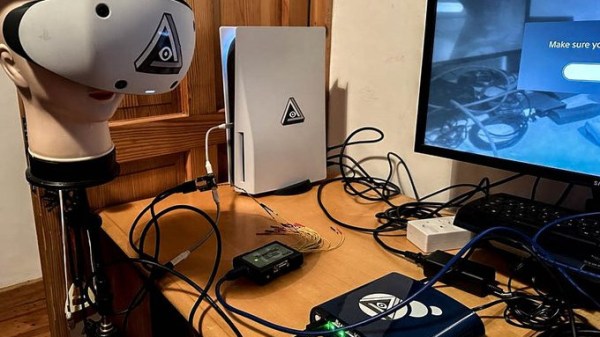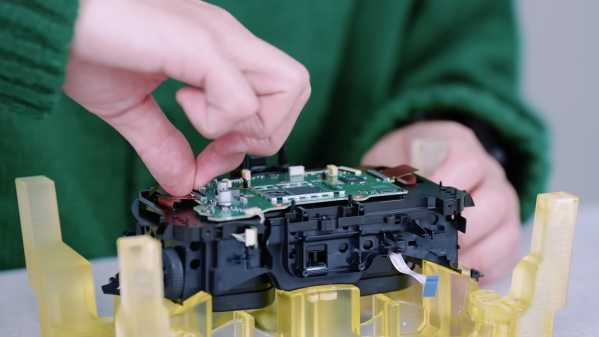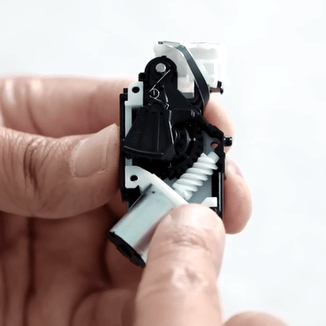The early history of the Sony Playstation lies in a stillborn collaboration between Nintendo and Sony to produce an SNES with a CD-ROM drive. So the story goes, Nintendo’s Philips deal angered Sony, who decided to make their own console line, and the rest is history. A very small number of prototypes were made, badged as “Play Station,” and should you find one that escaped today, you’re sitting on a fortune. [James] doesn’t have one, but he did have half a Playstation and an SNES shell, so he could make an ungodly child of the two consoles that you can see in the video below the break.
Those Playstation CD-ROM drives were notorious for melting back in the day, so it’s no surprise they’re still for sale today. Thus, he was able to bring the Sony back to life. What follows is an episode of console cutting worthy of a slasher horror movie, as instead of a bit of fine Dremmeling, he brings out an angle grinder and slices away with abandon. We don’t like the Nintendo switch carrying mains voltage, but we’re fine with the PlayStation expansion connector going away. The Nintendo eject button needs a hack to operate the Playstation door open button when pressed. It’s cool to see the board has a mod chip. We used to fit those as a sideline in a previous life. Continue reading “Make Your Own Play Station (The Space Is Important)”

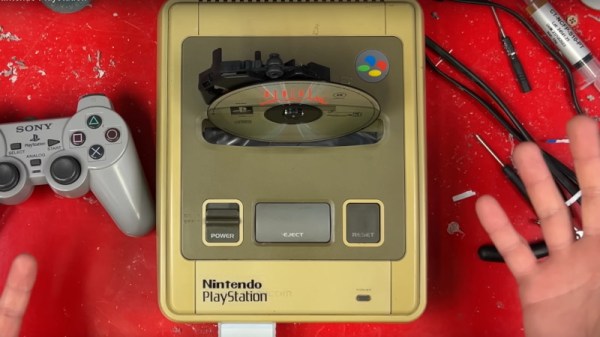
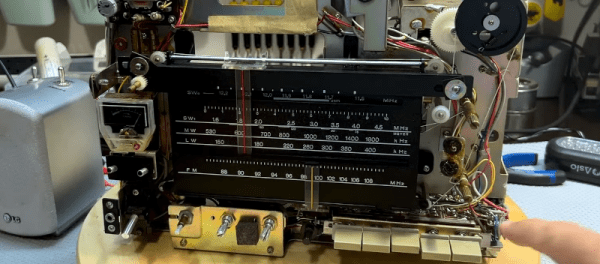
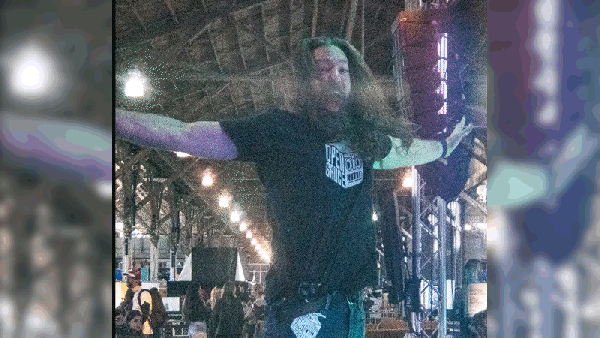
 In building a new lens for the Open Sauce ’23 event, [scealux] wanted to get variable aperture working, while also improving focus speed. The lens was also intended for use with a Sony A7R3. Unlike his previous effort, this lens would only work on the full-frame Sony FE mount cameras.
In building a new lens for the Open Sauce ’23 event, [scealux] wanted to get variable aperture working, while also improving focus speed. The lens was also intended for use with a Sony A7R3. Unlike his previous effort, this lens would only work on the full-frame Sony FE mount cameras.